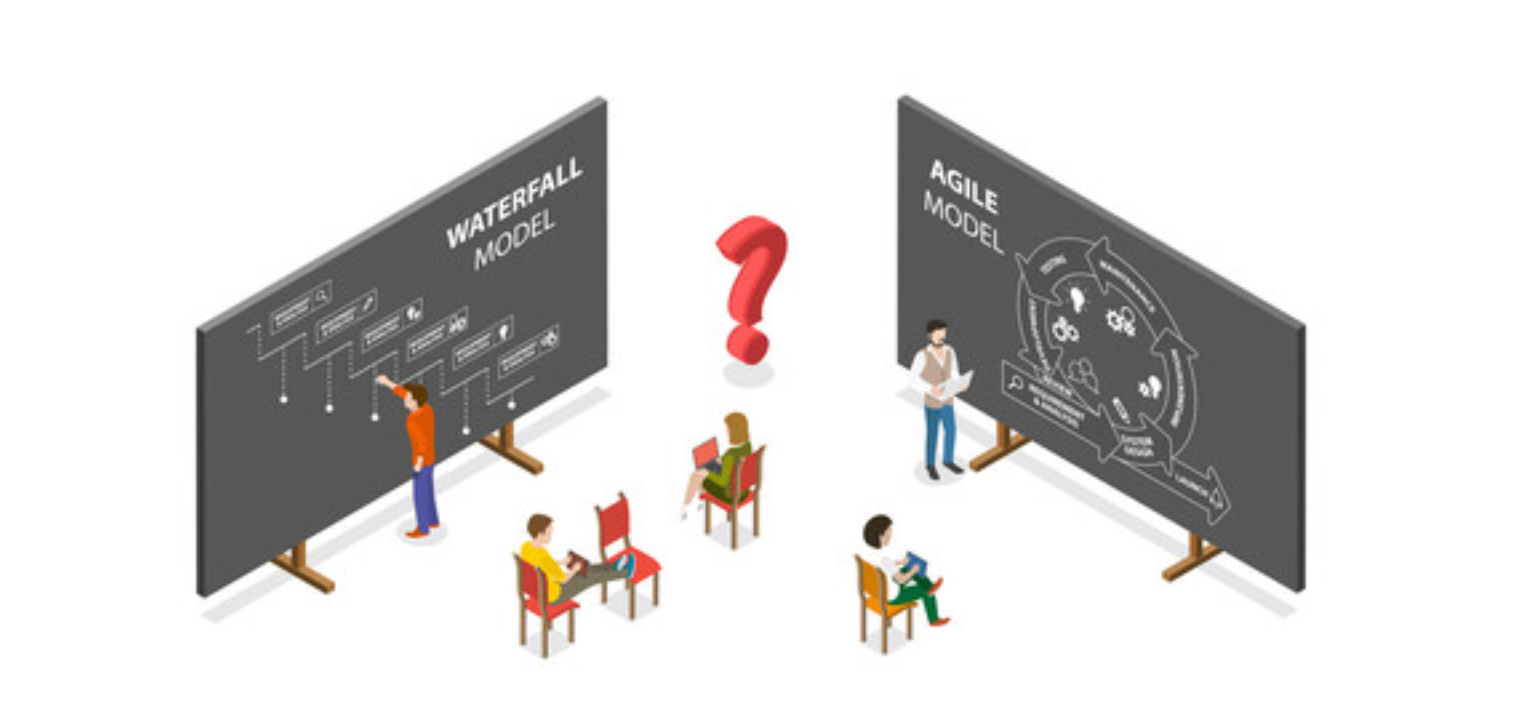Introduction
Effective project management is essential for meeting the customer’s needs and delivering quality outputs on time. The very first hurdle one has to tackle is to take a decision on the development methodology for this.
A development methodology is nothing but a way for organizing the project into systematic phases. It is essential for coordinating the efforts of a team and to give shape and structure to the development. Without a good methodology, the project may seem haphazard and uncoordinated.
Agile and Waterfall are two popular project management techniques – each with its own risks and benefits. The Project Manager usually decides which approach to follow after a careful consideration of the team’s structure and the project’s characteristics.
What is the Waterfall Method ?
This method is a collection of several phases, and each phase needs to be complete for the next phase to begin. More importantly, the next step depends on the deliverables of the previous step.
- Requirement Gathering: In this step, the project requirements are collected, understood and documented
- System Design: After the requirements have been understood, a design or schematic is created
- Implementation: In this step the design is divided into smaller units and implemented or fabricated
- Integration and Testing: After completing the units, they are tested and integrated into the final product which is again fully tested
- Deployment: In this step, the product is introduced into the market or delivered to the customer
- Maintenance: After the deployment process, some issues can crop-up on the client-side. These problems are fixed with patches, and then to enhance the project, better versions are released.
What is the Agile Model ?
In this practice, development and testing are integrated throughout the process. The project is segmented into stages each with its own deliverables and most importantly there can be back-and-forth between the customer and the development teams through any given phase.
- Initiation: In this stage, the project vision is discussed with justification of return-of-investment
- Planning: The team gets together and identifies all aspects of the project. It formulates designs
- Development: The designs are translated into implementations and collated
- Release: The project is released in the market and monitored for bugs and defects
- Retirement: After fixing the bugs, a newer version of the software is released
Differences between Agile and Waterfall Method
- Roles: Waterfall strictly assigns roles to project team members, with specific duties and responsibilities. In contrast, the agile model empowers team members to collaborate on different aspects of the project over time, leading to a more self-organizing team structure.
- Planning: In Waterfall, planning is a linear process with all the requirements and objectives laid out upfront. In contrast, Agile involves continuous planning throughout the project lifecycle, with adjustments being made all the time
- Speed: Waterfall usually proceeds slower than Agile, because the requirements must be agreed upon in the beginning. In Agile, the design is flexible and iterative and can be started immediately
- Testing: Agile involves incremental testing to identify and resolve issues throughout the development cycle, whereas in Waterfall, testing is performed singularly near the end
- Communication: The conversation in Waterfall is more formal, during transition from stage to stage. In Agile, there is more cross-collaboration and freedom among the groups
Final Takeaways
The Waterfall model has its roots in construction, engineering and manufacturing, where making adjustments is difficult and robustness of each stage is more important. If any stage is weak, the next layer will not stand on it properly.
In Software, such rigidity is not appropriate. To involve the customer intimately with the project, flexibility is needed. Herein, Agile is very suitable as it enhances customer satisfaction.
Waterfall can be used when the requirements are clearly defined upfront and there is minimal probability of changes between time of requisition and time of delivery. This is useful if one wants to give a more formal structure to the development process
Image Sourced from Freepik
